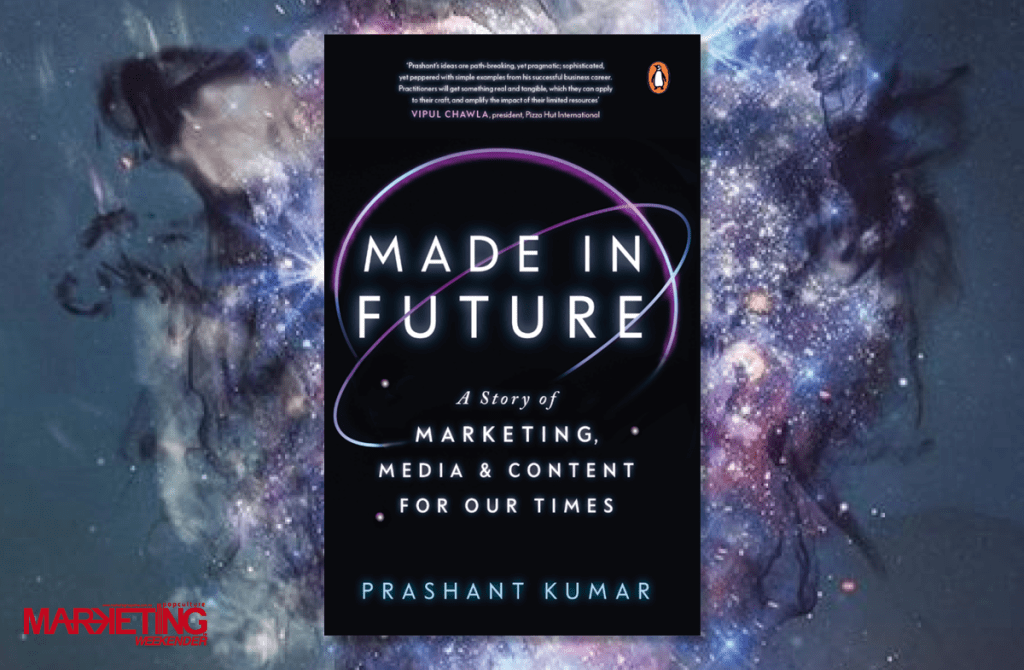Adrian Lyne could never be faulted for not having an eye for a pretty face, as you can see. He, like so many TVC directors before and since, knew that if it’s sexy, it sells. And the 1970s was possibly the sexiest time ever in British adverts.
And here’s why.
Since the failure of the 1960 obscenity court case against D.H. Lawrence’s explicit novel Lady Chatterley’s Lover, sexual mores in Britain changed. As the Guardian newspaper reported, “No other jury verdict has had such a profound social impact as the acquittal of Penguin Books in the Lady Chatterley trial”.
Sex had officially become art.
It followed that the admen of the 1970’s, would feel artistically and justifiably free to embrace overt sexuality. Sexual depictions of women permeated the widest span of advertised goods.
Alcohol, cosmetics and even confectionary items, all featured either obvious sexual depictions or fairly transparent inuendo (e.g. beautiful young women consuming phallic chocolate bars with sensuous delight was predominantly heinous).
Pirelli tyres produced some of the most beautiful erotic photographs for their annual calendars, shot by some of Britain’s most ‘artistic’ photographers. Professor Laura Mulvey, Britain’s preeminent feminist film theorist, oddly seemed to feel women themselves were the problem, saying, “in the case of fashion photography and advertising, a woman’s desire to emulate the look of the female model [was] in order to solicit the male gaze”.
And ‘the Male Gaze’ passed into the lexicon of film theory.
Adrian Lyne was the British director who embraced this new sexual selling with the greatest gusto.
It was his view of jeans stretched tightly over women’s derrieres, in the Levi’s TVC illustrated here which follows two young women along America’s Route 66 that most typified the attitude of the times.


… So, it was the shock value of this uninhibited
attitude to sex in UK adverts that fully informed
Lyne’s long-form films…
Along the way they suggestively pull on their jeans in bathrooms, apply red lipstick, flirt with truckdrivers and cowboys; provocatively teasing men and even each other.
Lyne did the same with Brutus jeans, with the last frame of a girl thrusting her denim clad bottom right into the face of the viewer.
Burnt into my memory is a spot Lyne made for Mary Quant cosmetics. Crosscutting two girls erotically applying lipstick, powder etc until finally they run along a jetty toward each other and embrace in a deep and passionate kiss.
It never ran; unsurprisingly ‘girl-on-girl’ action was a little too much even for those liberated times!
So, it was the shock value of this uninhibited attitude to sex in UK adverts that fully informed Lyne’s long-form films.
One assumes that Hollywood producers could forgive displays of permissive sex from a Limey that they couldn’t tolerate from a Yank.
… But was it art? Well it must be argued that the extremely high quality and innocent pleasures of the photography, meticulous styling and generally impressive production…
Most prominently it was Lyne’s third film, 9½ Weeks (1986), that brought shocking degrees of sexually permissive misadventure to the screen, with graphic depictions of lingerie fixation, food fetishism, masturbation, ritual humiliation and public sex acts, all acted upon a naïve woman by a domineering, urbane man. (Ring any bells?)
In fact, even his film titles ooze sex; Foxes (1980), Flashdance (1983), Fatal Attraction (1987), Indecent Proposal (1993), Unfaithful (2002). In consequence Adrian Lyne, a boy from North London, became known as Hollywood’s hottest director.
But was it art? Well it must be argued that the extremely high quality and innocent pleasures of the photography, meticulous styling and generally impressive production values, all of which were migrations from Lyne’s British television spots, cushioned the films from accusations of rude pornography.
Yet, charitably Lyne could be merely guilty of attempting to elevate the sexual imagery of 9½ Weeks to Chatterley-like ‘art’ status.
Then again, how Lyne could so successfully bring 30” of high-quality British smut into a full-length American movie, makes one wonder whether it was only Ada’s taste (or lack thereof), the prevailing zeitgeist or the British male in general.
Or, more likely, it was simply the usual and inescapable mindset of those grubby old admen.
Next week. Part IV. Tony Scott: ‘Nothing on earth comes close’.
Paul J Loosley is an English person who has been in Asia 40 years, 12 as a creative director and 26 making TVCs. Recently awarded a Master’s Degree in Film at UCL. And still, for some strange reason, he can’t shut-up about advertising. Any feedback; mail [email protected] (please keep it clean).
To receive your free subscription to Marketing’s WEEKENDER magazine every Friday, save 0122052588 in your phone and WhatsApp the message “WANT”. Check out the latest issue here.
MARKETING Magazine is not responsible for the content of external sites.















